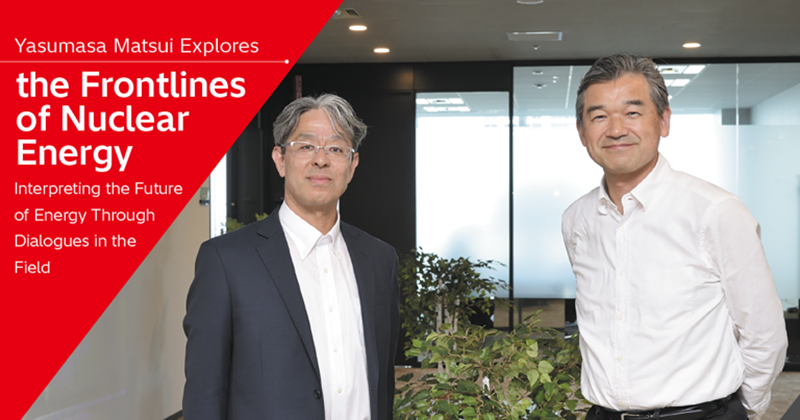The second part of Yasumasa Matsui Explores the Frontlines of Nuclear Energy features an interview with Kohei Hisamochi, who became President of Hitachi GE Vernova Nuclear Energy in April 2025. Nuclear power generation has continued to evolve through the utilization of digital technologies and the introduction of new safety equipment reflecting the lessons learned from the accident at the Fukushima Daiichi Nuclear Power Station. In this feature, we examine Hitachi GE Vernova Nuclear Energy’s human resource development and growth strategy that will support a new phase of its operations.
The second half highlights Hitachi GE Vernova Nuclear Energy’s initiatives to improve the safety of nuclear reactors, promote digital transformation (DX), develop the next generation of talented employees, and President’s vision of the next phase of the company’s operations.
(Click here to read the first half)
Matsui: I suspect that your activities to develop and implement new safety technologies reflect the lessons learned from the accident at the Fukushima Daiichi Nuclear Power Station. What are some examples of this?
Hisamochi: It is important to consider Common Cause Failures (CCFs) when working to improve the safety of nuclear power plants, in addition to the lessons learned from Fukushima. CCFs are when multiple machines or systems, which are designed to be redundant to ensure safety, fail at the same time due to a common cause. Measures to prevent CCFs include avoiding the use of common designs or parts to increase the diversity of the systems, or increasing the independence of the individual systems.
For instance, in the design of the Economic Simplified Boiling Water Reactor (ESBWR), Highly Innovative Advanced BWR (HI-ABWR), and BWRX-300, Hitachi GE Vernova Nuclear Energy increased the diversity of the cooling systems used in these nuclear reactors. Conventional nuclear reactors include pumps that use electricity in the systems that cool reactors or inject water into the reactors in the event of an accident. Unlike these conventional reactors, the new reactors have passive safety systems that can cool the reactors using natural circulation when the supply of electricity has been cut off.
HI-ABWRs are equipped with systems that can cool debris passively in the event of a core meltdown, incorporating the design and expertise and knowledge regarding safety that has been accumulated during the development and operation of ABWRs. In addition, HI-ABWRs have multi-stage safety systems to respond to accidents, including newly developed filters that limit the dispersal of radioactive materials outside the reactor.
The small modular reactor market is attracting attention worldwide. In this market, we are concentrating on the BWRX-300. It uses an integrated reactor separation valve that directly connects the reactor pressure vessel (RPV) to a separation valve to reduce the risk of damaged piping. It also uses a natural-circulation core cooling system. While it is of course important to have multiple layers of measures for handling accidents, we should focus more on measures to prevent meltdown accidents from occurring in the first place.
Matsui: In recent years, the digitalization of society has increased radically. The Hitachi Group is also promoting digital innovation in its Lumada business. Is the use of digital technologies accelerating in the nuclear energy field as well?
Hisamochi: Yes. We are accelerating our use of digital technologies in nuclear facilities to solve two issues mainly.
One is the improvement of business processes at nuclear power plants. Monitoring and other operations at nuclear power plants are heavy burdens because the reactors are complex and have many components.There are a large number of processes ranging from construction to management, and person-power is necessary to record data in each process. That is the first issue. We have great expectations regarding the labor-saving capabilities of digital technologies while they also maintain the accuracy, safety and reliability of operations.
The second issue is the utilization of human resources. The working age population will continue to decrease in the future. It is necessary to use digital technologies to allow the knowledge of skilled workers to be widely shared with the young workers at design and construction sites to maintain the quality of our operations.
To promote the digital transformation (DX) of the field of nuclear energy, we established the Digital Transformation Division in FY2024. In collaboration with the Hitachi Group’s digital engineering company GlobalLogic and other companies, we developed a system to reproduce a nuclear power plant in a metaverse space. This system reflects information about the design, construction, maintenance, and management of the reactor, serving as a platform for sharing data and the knowledge of skilled workers.
This is the embodiment of Lumada 3.0, which is working to solve the issues that society and our customers are facing by converting data into value using Hitachi’s domain knowledge and AI technologies. We are also accelerating initiatives to utilize generative AI to support the preparation of reports and manuals.
In reality, the digitalization of the field of nuclear energy has been slow because safety, reliability, and security are more important in this field than in other industries. The Hitachi Group has been cultivating information technology, operational technology and information security technology for many years. Through collaborative creation with related business divisions, we aim to lead the industry in digitization.
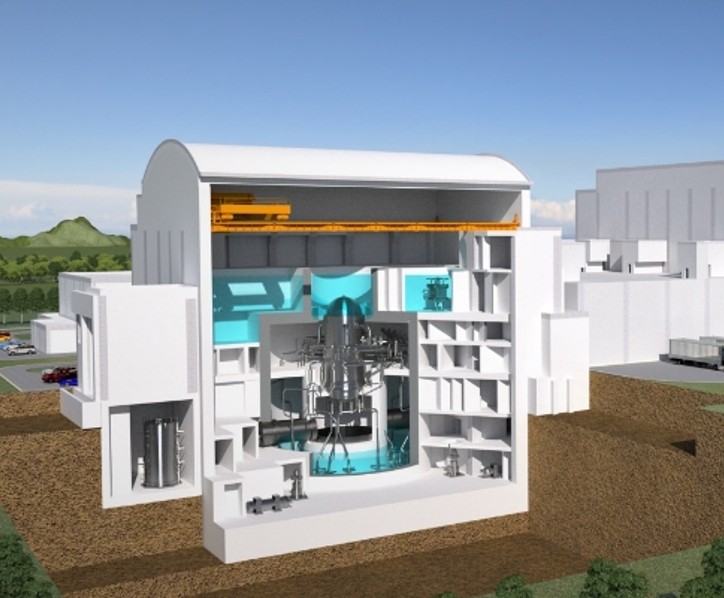 Innovative light-water reactor “HI-ABWR”
Innovative light-water reactor “HI-ABWR”
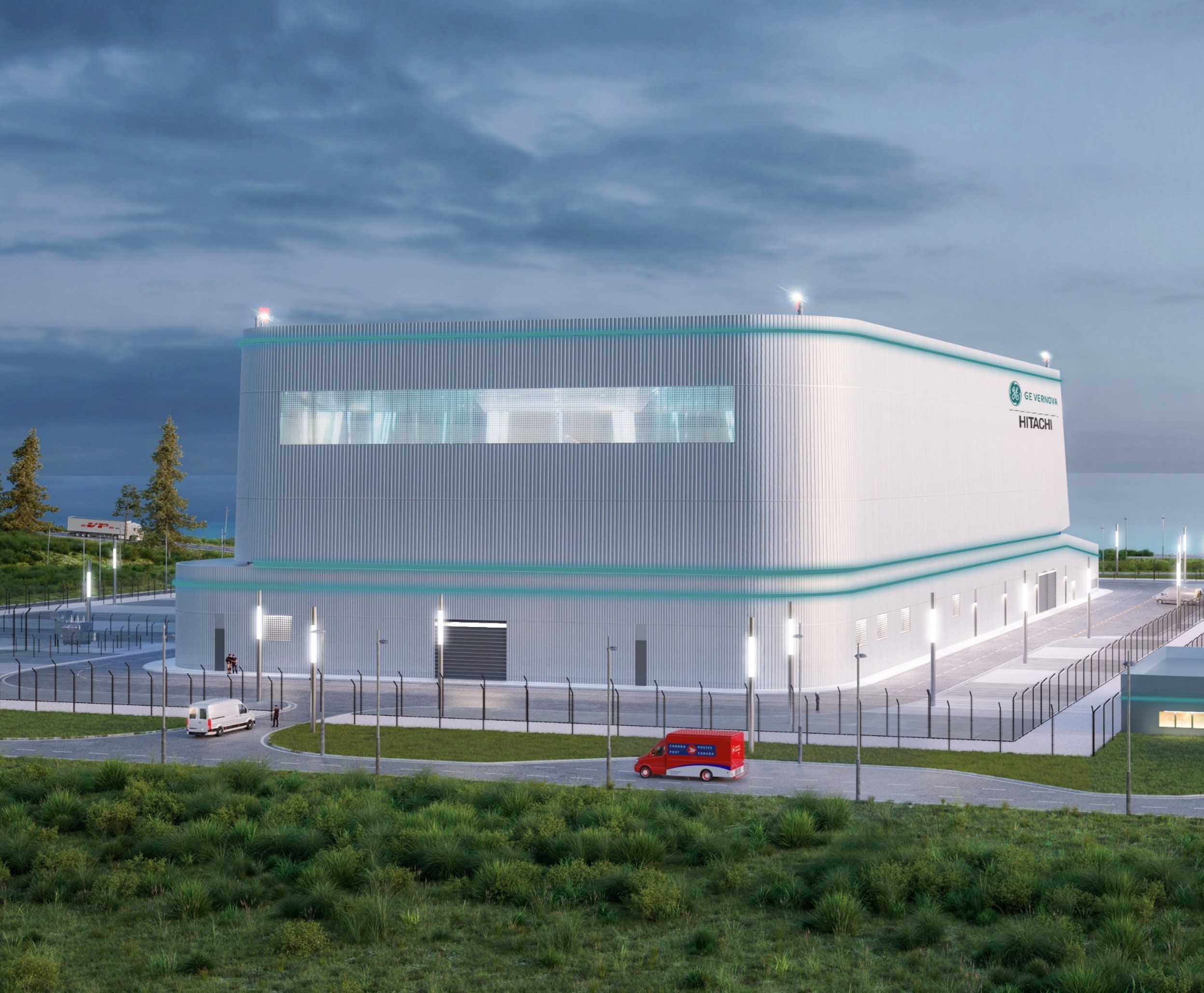 Light-water small modular reactor “BWRX-300”
Light-water small modular reactor “BWRX-300”
Matsui: You have mentioned that human resources is a key phrase. Is the number of people that want to work in the field of nuclear energy growing?
Hisamochi: After the 3/11 disaster, the number dropped of course. Since then, we have welcomed more newcomers who expect the company to expand its business overseas or were willing to contribute to the revitalization and decommissioning activities in Fukushima. My impression is that more people are motivated by a desire to help solve energy issues. Maybe this is because the news coverage of carbon neutrality and the surging prices of energy prices is increasing. There are also new employees who want to contribute to the revitalization of Fukushima and decommissioning of the Fukushima Daiichi Nuclear Power Station using technologies just because they are difficult challenges. It makes me feel reassured to have human resources like this available to us.
Matsui: However, Japan is concerned about the future decrease of the number of workers throughout the country. What do you think about the efforts to develop human resources in the field of nuclear energy?
Hisamochi: Today, the most serious issue is the difference in the degree of experience that the different generations of workers have. People in their 50s and 60s are the only generations who have experienced whole projects, from design to construction and operation. People in their 30s and 40s have only experienced parts of a project, such as the reinforcement of the seismic performance of reactors. It is important to raise employees’ overall experience level by bridging these generational gaps in future human resource development efforts.
In my own experience, as soon as I entered the company, Units 6 and 7 at the Kashiwazaki-Kariwa Nuclear Power Station had just started operating. I was only involved in severe accident analysis for a very short period of time, so, I did not feel that I could contribute well in that area. However, after that, I participated in multiple projects, which allowed me to gain a lot of valuable experience.
Ideally, we would have multiple nuclear power plants operating by gaining the understanding and trust of society, and we would renovate or replace these power plants with new ones every several years. This will create an environment where all of the engineers of every generation can gain experience in the various phases of projects, and this will further our human resource development efforts. However, we will concentrate on overseas projects due to the difficulty of the current domestic situation. I would like to increase the number of short-term projects as much as possible. In this area, small modular reactors are promising. The BWRX-300 has advantages in terms of its cost competitiveness, short construction period and improved reliability and safety. If the number of projects increases due to the acceleration of BWRX-300 projects, there will be more opportunities for engineers to gain experience in the various phases of projects.
We have enhanced our systems, including internal training systems, so that our employees are able to hand down skills to the next generation of employees, but the best place for doing this is still nuclear power plant construction sites. Having an overall plan makes it possible to develop a structured guidance system. Practical guidance during hands-on work is an effective way to enable experienced personnel to transfer skills and expertise to younger employees.
One of my key roles is to create more opportunities such as these. We are moving forward with a BWRX-300 construction project in Canada. In other countries, we are moving forward with the licensing and permitting procedures, and the reactor is being examined as one of the possible candidates for planned new reactor projects. We are concentrating on accelerating the selection of the BWRX-300 for these projects.
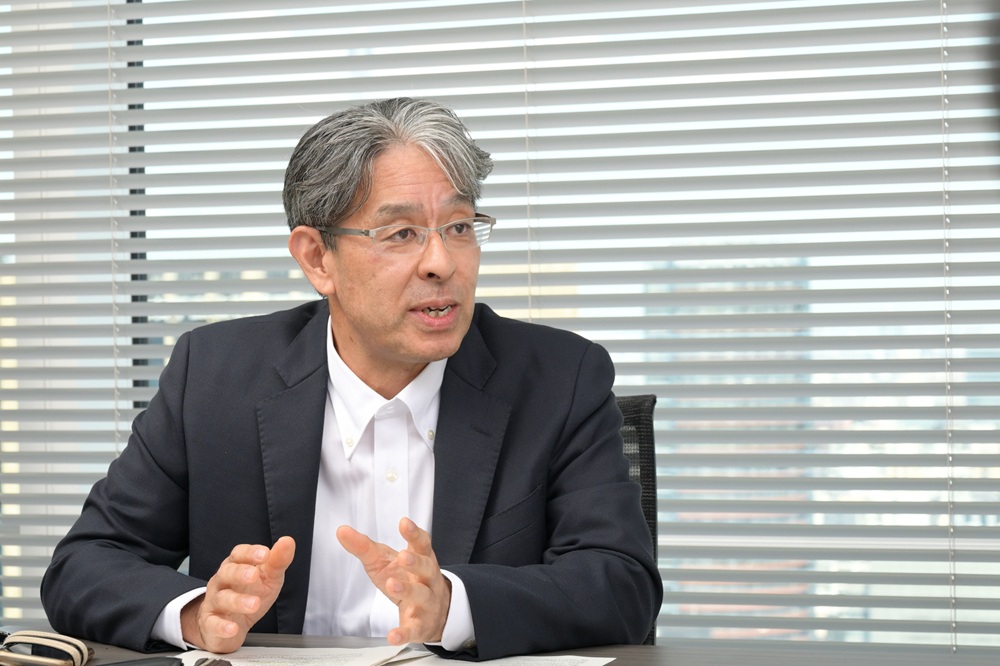
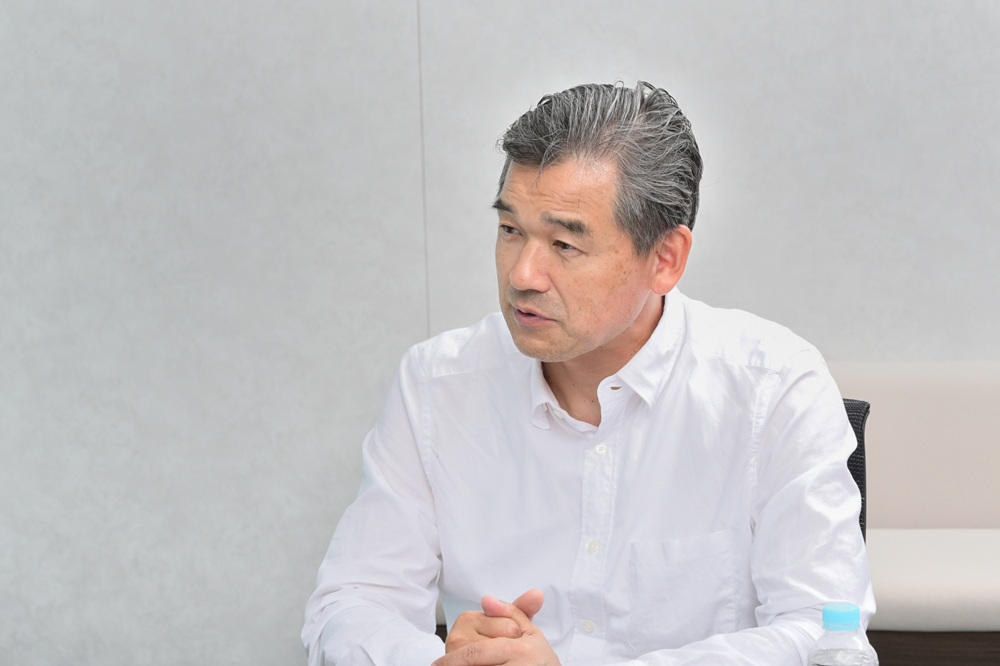
Matsui: Previously, it would take almost 30 years to construct a nuclear power plant, starting with the selection of its location. Now, small modular reactors are developed, and DX is advancing in the field of nuclear energy. We are facing an era where the commonly held beliefs of the past are outdated—in a positive way. The field of nuclear energy is becoming more appealing.
Hisamochi: Even though there are tailwinds in the nuclear power industry, I don’t think nuclear energy has gained the full trust of society yet. What we can do is first develop technologies and then, we need to strive to enable society to understand our business and work to restore their trust in our industry.
It is important to maintain the basic value that we provide through technologies and skills that are reliable, certain, and safe, especially in the field of nuclear energy. Sincerity is a particularly important part of this as one of the elements of the Hitachi Founding Spirit that we have preserved carefully: harmony, sincerity and pioneering spirit. I think all of the senior and junior employees and colleagues with whom I have worked to date have been people who have been committed to sincerity. We have developed an attitude that is essential in the field of nuclear energy over the long history of the company. An example of this attitude is our not compromising manufacturing safety or product quality. We should think about the attitude for our stakeholders, as well as Hitachi.
I feel that we must convey this to society and strive more than ever to obtain their understanding of the attitude. I expect that we will increase the transparency of our management of information, and we will increase society’s understanding of our business using digital technologies. Furthermore, technologies and systems that were previously difficult to create even when we had the idea for them are now increasingly feasible due to our use of state-of-the-art digital and sensing technologies.It is important to take on new challenges while preserving the things that need to be preserved, so that the field of nuclear energy is more appealing and the number of engineers increases. In this area, I have high expectations for the young people not constrained by precedent and the employees in the middle of their careers who have experience in other fields.
Matsui: I look forward to seeing many different developments in the future. Finally, could you tell me about your vision of the future?
Hisamochi: First, in Japan, we believe contributing to the revitalization of Fukushima is important, and we will fulfill our role in the decommissioning of the Fukushima Daiichi Nuclear Power Station. At the same time, we will seriously focus on restoring society’s trust in and use of nuclear technologies by implementing safety measures and resuming operations in compliance with the new regulations and standards for the existing nuclear facilities.
Globally, it is predicted that demand for electricity will grow rapidly with progress in the digitalization of society. AI technologies in particular require large amounts of electricity. Beyond the established priorities of safety and economic efficiency, we must increase our flexibility by standardizing designs and using modular technology. This will enable us to swiftly deliver the nuclear technologies that society needs. To achieve this, over the next five years or so, we aim to expand our global businesses, which include large reactors, by advancing with the BWRX-300 project in Canada in parallel with the existing domestic businesses, working together with GE Vernova Hitachi Nuclear Energy. Furthermore, we will concurrently move forward with the development of streamlined design and construction methods looking ten years into the future.
I feel that being appointed the president of Hitachi GE Vernova Nuclear Energy is a huge responsibility now that nuclear energy is entering its next phase. I will steadily fulfill my role in presenting a vision for the future of nuclear energy and accelerating the growth of our company to realize that vision. Additionally, by sincerely providing nuclear technologies, we will contribute to solutions to domestic and international energy and climate issues.
Matsui: I think I know more about your personality because of this interview, President Hisamochi. Thank you very much.
【Interviewer’s Note】
My first impression of President Hisamochi was that he was gentle and brave. He had prepared manuals for handling severe accidents in the event of a meltdown together with clients. On March 11, the day of the Fukushima accident, he started to respond to the accident at the head office of TEPCO (He was still in his 40s at that time.). Now, he heads Hitachi GE Vernova Nuclear Energy. It is a natural consequence of his actions, and I feel that he is reliable.
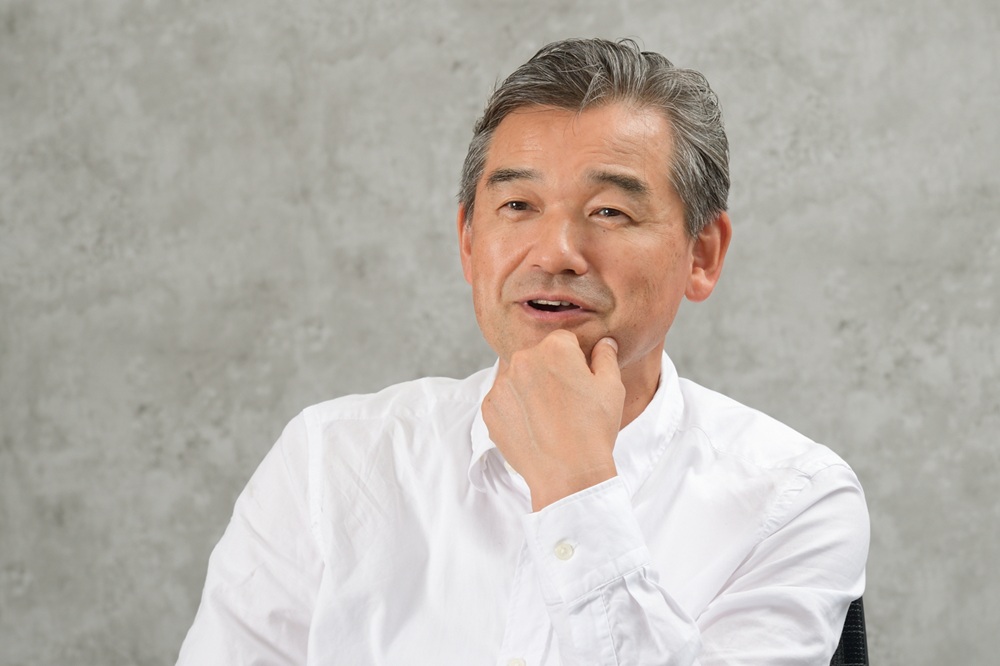
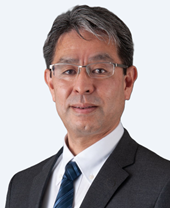
Kohei Hisamochi
President of Hitachi GE Vernova Nuclear Energy
Born in Nagasaki. Received a master’s degree in Nuclear Engineering, Department of Applied Atomic Nuclear Engineering, Faculty of Engineering, Kyushu University in 1993. Joined Hitachi, Ltd. the same year. Became General Manager, Procurement and Sourcing Division Nuclear Engineering, Nuclear Business Planning Department, Hitachi-GE Nuclear Energy, Ltd. (currently, Hitachi GE Vernova Nuclear Energy, Ltd.) in 2017, General Manager, Nuclear Engineering and Product Division in 2019, Director (Executive Vice President) and Chief Lumada Business Officer, Nuclear Energy Business Unit, Hitachi, Ltd. in 2020 and President and Representative Director, Hitachi Plant Construction, Ltd. in 2023. Current position from April 2025.
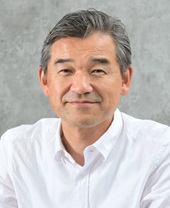
Yasumasa Matsui
Freelance Announcer and Journalist
Born in Inami, Nanto City, Toyama Prefecture. Graduated from Toyama Prefectural Takaoka High School. Graduated from the Department of Chemical Engineering, School of Engineering, Tokyo Institute of Technology (now Institute of Science Tokyo). In 1986, he joined TV Asahi as an announcer. He co-hosted Music Station with Tamori, served as a sportscaster on News Station, and worked as a news and information anchor on programs such as Station Eye, Wide Scramble, and Yajiuma Plus.
In 2008, he became the principal of TV Asahi’s announcer school, Ask. During his two years in this role, he trained over 100 announcers who went on to work nationwide. In March 2011, following the 2011 Great East Japan Earthquake (and subsequent Fukushima Daiichi Nuclear Power Station accident), he transferred from the announcer department to the news department as a reporter covering the nuclear power plant accident. He later served as a reporter covering the Imperial Household Agency and weather-related disasters, and worked as a commentator. In 2023, after leaving TV Asahi, he established his own agency, OFFICE Yuzuki. He also serves as a plastic model history research advisor for Tamiya Inc., ambassador for Nanto City, Toyama Prefecture, and media advisor for sake company, DASSAI Inc.
